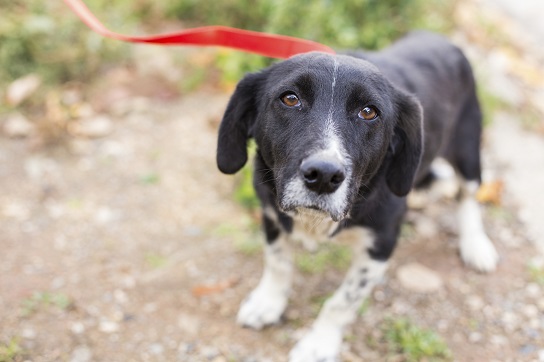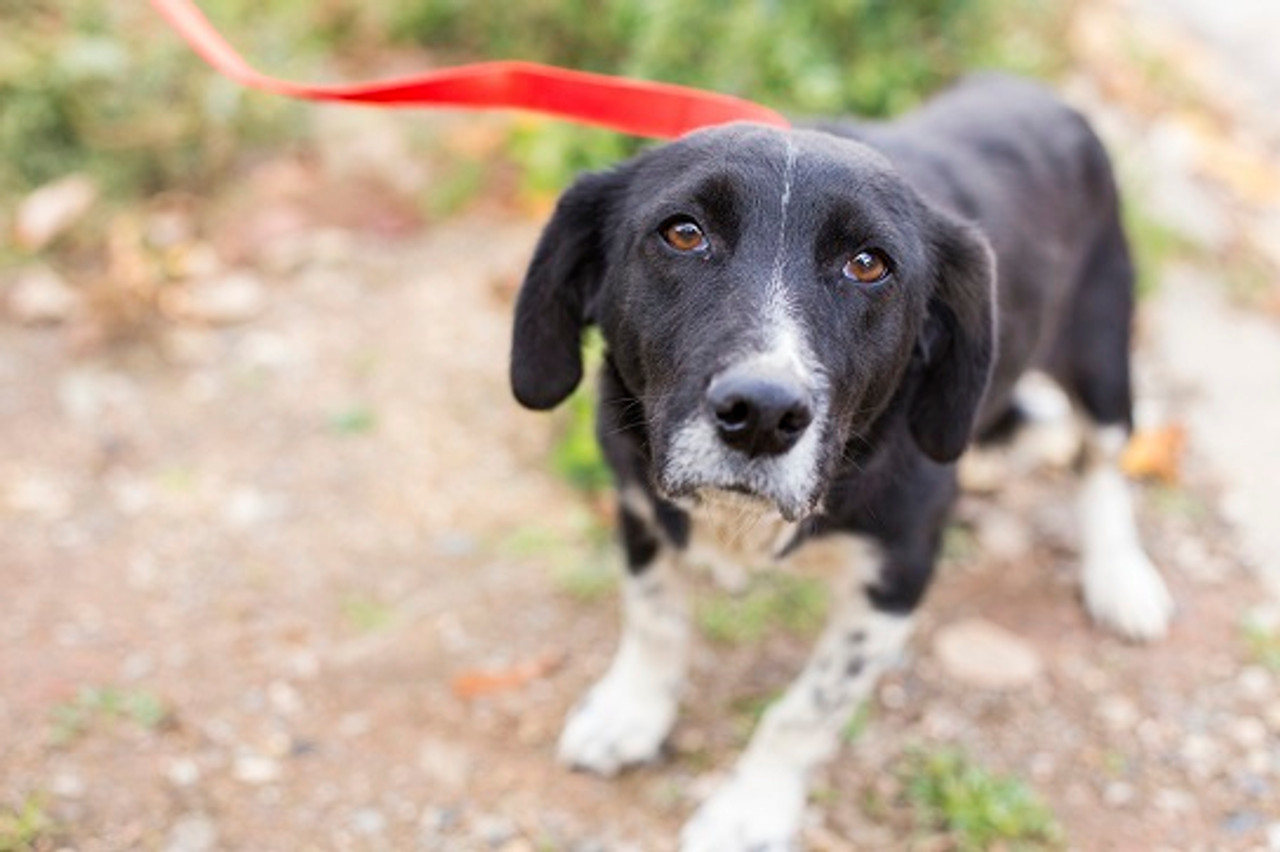
I fostered a dog last month who was scared to put her paws on different surfaces. Pavement and carpeted floors were no big deal, but tiles were scary and so was our kitchen floor!
In her case, I figured she just hadn’t been exposed to those kinds of surfaces early on in her life, and after a few days she realized they were safe.
Dogs develop all sorts of different fears, and I asked a couple of professionals for some of the most common fears they see dogs experiencing.Common fears in dogs
Some of the fears on the list were:
- Thunderstorms
- Fireworks
- Veterinary Offices
- Kids
- Men
- Strangers
- Riding In The Car
- Being Left Alone (Separation Anxiety)
Why do dogs develop these fears?
“Fear can come from two different sources, nature vs. nurture,” according to Dr. Brittney Barton, founder of HEAL Veterinary Hospital in Texas.
The “nurture fear” develops through a pet’s environment and experiences, she said. This type of fear is usually easier to train through.
“Natural fear,” on the other hand, is part of a dog’s DNA and can be linked to different breeds, she said. These kinds of fears can be more difficult to train through.
She gave an example of how herding breeds tend to be high energy and prone to separation anxiety if they are placed in homes with owners who don’t allow the dogs to constructively vent their energy.
“They are smart dogs and need consistent training, brain games and physical activity,” she said.
How to help a dog overcome their fear
Dogs often develop fears if they haven’t been exposed to them, or, in the case of thunderstorms or fireworks, they don’t like the loud noises, said Dr. Kristen Vance, a veterinarian with Homeward Bound Mobile Vet in Maryland. (See our post on socializing puppies.)
She said most fears can be addressed but must be done in a calm manner.
“Repeated positive exposure often works the best,” she said.
I asked Vance to give an example of how a dog owner could possibly help his dog overcome her fear.
Using thunderstorms as an example, here’s what she recommended:
- First, find a pre-recorded thunderstorm media file on your phone/computer
- Play this often and praise your dog with treats
- Start with a low volume and increase it as your dog gets more comfortable
Barton also shared an example, using a dog who is afraid of being touched:
- Work with your dog when she is already calm and quiet
- With treats nearby, gently pet your dog's head and body or areas she enjoys having touched.
- As she remains relaxed, offer a small treat.
- As you progress the touch to move toward areas she commonly resists, offer more treats as a distraction.
- Keep training sessions really short, but repeat the process several times a day.
Do you see how in both cases the key is to slowly introduce the dog to her fear?
Darlene Arden is a certified animal behavior consultant and in addition to taking new things slowly, she also recommends keeping everything as normal as possible, including your voice.
“If you coo, ‘Everything is going to be alright,’ your dog is going to read that as ‘Uh, oh! No, it’s not!’” she said.
What do the rest of you think? Does your dog have a fear of something?
Want more dog tips? Check out these blogs.

